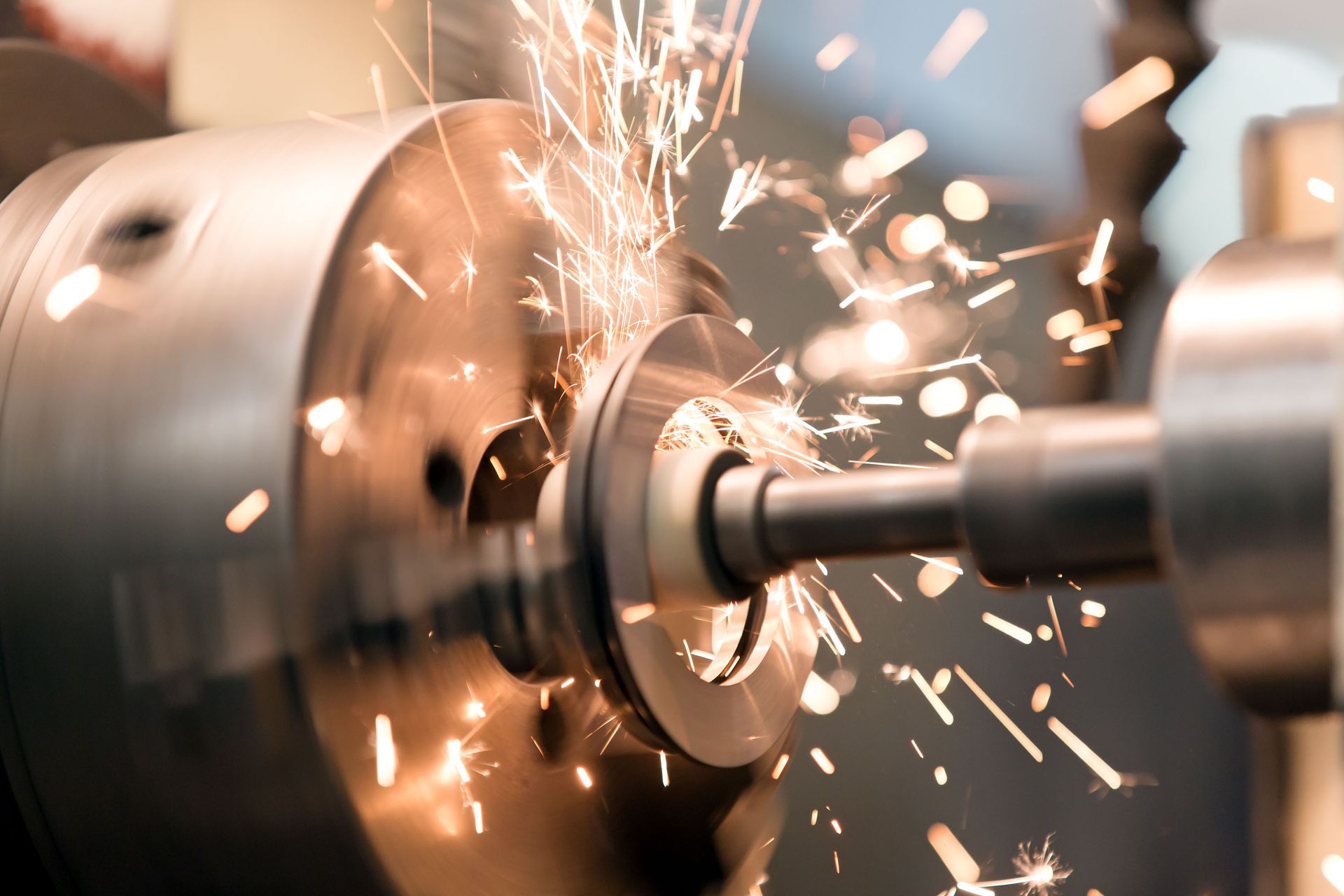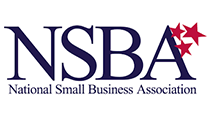November 17, 2025
Cutting tool life is the duration a tool can operate effectively, maintaining precision and quality during machining. Efficient use of cutting tools is critical for cost management and production quality. According to Science Direct, only 50–80% of cutting tool life is rationally used across industries, highlighting significant room for improvement in tool management practices. Businesses that optimize cutting tool use can reduce expenses and improve productivity by extending the effective life of their tools. Improving tool life management has become a priority for manufacturers aiming to remain competitive.
Understanding the factors that influence cutting tool wear and how to address them is essential for maximizing tool life. These factors include the materials involved, operating speeds, and environmental conditions. Proper tool sharpening techniques play a vital role in restoring cutting edges, preventing premature replacements, and maintaining high-quality machining output. Consistent evaluation of these factors helps businesses maintain optimal machining standards.
Evaluating Factors Affecting Tool Wear
Several elements affect the rate at which cutting tools wear, including material hardness, cutting speed, feed rate, and tool geometry. Environmental conditions, such as heat and abrasive exposure, also contribute to tool degradation. By carefully managing these variables, operators can significantly extend the life of cutting tools. Incorporating regular tool sharpening helps maintain the sharpness required for efficient cutting, reducing wear caused by dull edges and improving overall performance. Awareness of these factors enables more strategic maintenance scheduling.
Maintaining the proper cutting parameters alongside tool sharpening ensures the tool operates within optimal limits, minimizing unnecessary wear. This balance between machining conditions and maintenance is key to sustaining longer tool life and reducing costs associated with frequent replacements. Regularly monitoring these factors helps prevent unexpected downtime and keeps production running smoothly. Achieving this balance requires ongoing attention to process details and tool condition.
Implementing Effective Tool Sharpening Practices
Tool sharpening is a critical maintenance practice that restores the cutting edge and enhances tool performance. Regular sharpening prevents excessive tool wear and helps maintain dimensional accuracy in machined parts. By extending the functional life of tools through sharpening, manufacturers can save significantly on tooling expenses. Effective sharpening also supports consistent product quality over time. Maintaining sharp tools is essential to overall manufacturing reliability and competitiveness.
Effective tool sharpening requires skilled technicians and precision equipment. Professional sharpening services are designed to meet the needs of various cutting tools, ensuring consistent quality and improved durability. Employing such professional services enables businesses to maintain peak tool condition and avoid the inefficiencies of premature tool disposal. Partnering with experienced providers can enhance maintenance programs and operational results. Leveraging expert sharpening also contributes to more sustainable and cost-effective operations.
Utilizing Monitoring to Optimize Tool Life
Regular inspection and assessment of cutting tools are essential to determine the right time for sharpening or replacement. Experienced technicians visually examine tools for signs of wear, ensuring that sharpening is performed before tool performance declines significantly. These routine checks help prevent unexpected tool failures and maintain consistent machining quality. Consistent monitoring practices contribute to overall equipment reliability and production success.
Incorporating scheduled tool sharpening into maintenance routines extends tool life and supports steady production workflows. Timely sharpening reduces downtime and helps businesses maintain operational efficiency. Establishing a regular sharpening schedule ensures tools remain in optimal condition and supports long-term cost savings. A proactive maintenance approach improves resource management and operational planning.
Addressing Common Challenges in Tool Management
Many manufacturers face challenges such as inaccurate wear predictions and conservative replacement schedules that limit tool utilization. These issues often result in discarding tools before their full potential is reached, unnecessarily increasing costs. By relying on expert tool-sharpening services and applying proven maintenance practices, companies can overcome these obstacles. Overcoming these challenges improves operational sustainability and profitability.
Encouraging awareness of the importance of tool sharpening and wear management fosters a culture of efficiency and continuous improvement. With proper techniques and attention, teams can better utilize tools and minimize waste, achieving both economic and operational benefits. Employee involvement plays a key role in maintaining effective tool care over time.
Reducing Costs Through Extended Tool Life
Extending cutting tool life through proper sharpening and maintenance leads to significant cost savings. Fewer tool purchases and less frequent replacements reduce capital expenses, while minimizing downtime improves productivity. Efficient tool management directly contributes to a healthier bottom line and more sustainable operations. Financial benefits from longer tool use support business growth and competitiveness. This approach fosters a more efficient and resilient manufacturing environment.
Professional sharpening services support manufacturers by providing expert sharpening that maximizes tool durability. With reliable and consistent sharpening services, clients can achieve longer tool usage and better machining outcomes. Investing in quality sharpening services is a practical step toward operational excellence and cost efficiency. These services add measurable value to manufacturing processes. Utilizing professional expertise also helps businesses stay ahead in a competitive market.
Promoting Sustainable Practices With Tool Sharpening
Prolonging tool life through sharpening also supports environmentally responsible manufacturing by reducing waste and lowering resource consumption. Reusing tools instead of frequent replacements lessens the environmental footprint of production activities. Sustainability initiatives increasingly favor such practices that align economic and ecological goals. Environmental responsibility is becoming an essential consideration in manufacturing strategies. Incorporating sustainability into everyday practices benefits both the planet and business longevity.
Manufacturers committed to sustainable production can benefit from integrating regular tool sharpening into their maintenance strategies. This not only improves tool utilization but also contributes to broader environmental objectives, aligning business operations with growing industry expectations. Sustainable practices support brand reputation and regulatory compliance. Taking proactive steps toward sustainability enhances overall corporate responsibility and stakeholder confidence.
Choosing Professional Tool Sharpening Services
Partnering with a sharpening service ensures that cutting tools are maintained at peak condition. Professionals employ precise techniques and advanced equipment to deliver consistent, high-quality results. Selecting a sharpening provider with experience and expertise is essential for maximizing tool performance and lifespan. Choosing the right partner reduces the risk of tool-related disruptions. This collaboration can lead to improved operational efficiency and reduced maintenance challenges.
Expert sharpening providers deliver customized solutions for a wide range of cutting tools. Professionals work closely with clients to optimize tool life and maintain machining standards. For businesses seeking to enhance tool efficiency and reduce costs, engaging professional sharpening services is a smart choice. Reliable sharpening services contribute to long-term operational success. Investing in professional services ensures continuous improvement and adaptability to evolving manufacturing needs.
Utilizing Tool Sharpening to Maximize Productivity
Developing a sharpening schedule based on tool condition and production demands supports uninterrupted machining operations. Proactive sharpening reduces unexpected tool failures and extends the interval between replacements. This strategic approach to maintenance improves overall workflow and cost management. Well-planned schedules contribute to predictable and efficient production cycles.
Scheduling services that align with client production timelines helps ensure sharpening is performed at optimal intervals. Reliable service providers support businesses in maintaining consistent output quality. Regular sharpening with professional assistance enables manufacturers to maximize the value of their cutting tools. Consistency in maintenance practices reinforces operational stability.
Optimizing tool life through effective sharpening is essential for manufacturing efficiency and cost control. Rely on expert sharpening services to extend your cutting tools’ usability and enhance your production performance. Contact Bob’s Cutter Grinding Service today to schedule a consultation and improve your tool sharpening program.


